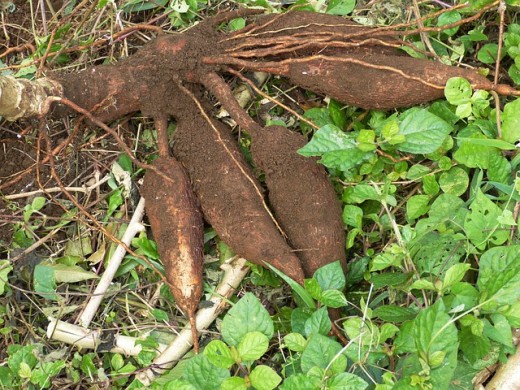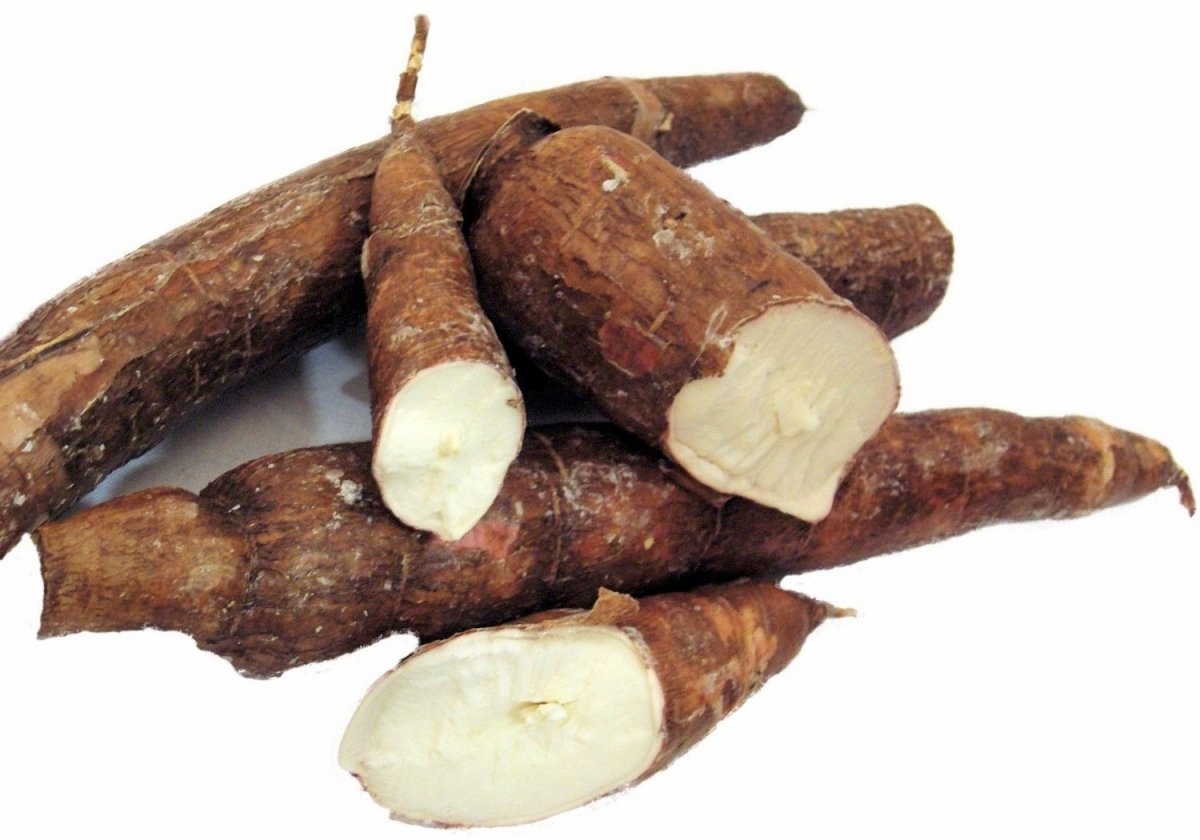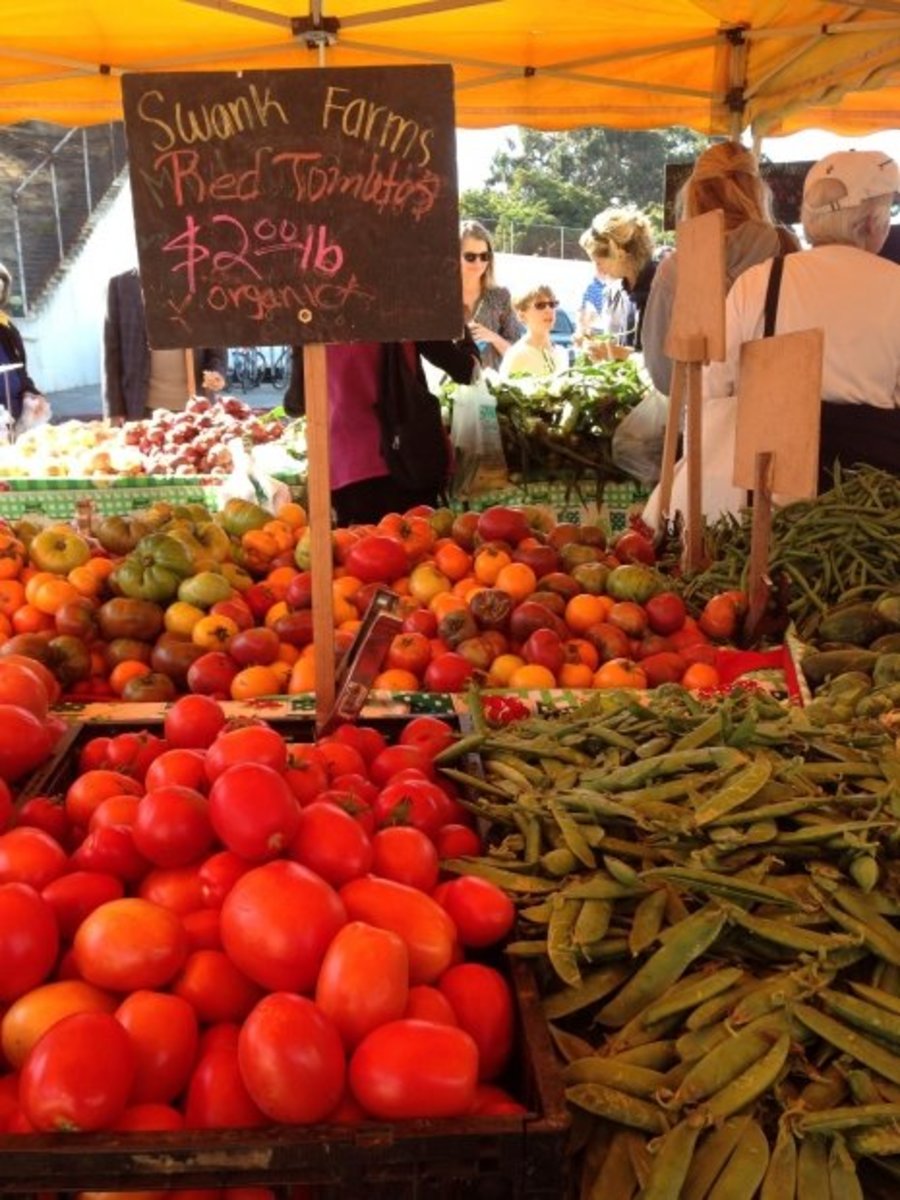Processing Cassava

Processed cassava can be in the form of flour, wet pulp, or garri. In garri form, it can be cooked into three main foods of eba, fufu, and chikwangue.
These are common food in some countries of Africa, most prominently in Nigeria. Other products gotten from cassava include tapioca and ethanol. These products are very much important in the world today.
We get these products only if we get right the processing activities of the cassava. There are rules to be followed for successful processing of cassava to its palatable flaky form in what is known as garri.
Processing is very important as fresh cassava roots cannot be stored for so long. This is because cassava root tubers easily get rot 3-4 days after harvest. This quick rottening is a result of a natural reaction that occurs in the cassava tuber when it is severed from the main crop plant during harvesting. A form of healing process known as Post-harvest Physiological Deterioration (P.P.D) is triggered off that blackens the cassava tuber after some days. This reaction is why cassava grower hardly exports cassava crop plants to other countries.
In addition, another reason processing of cassava days after it is harvested is because of the logistics of transportation to marketplace usually located in the urban area. Its bulkiness makes it very difficult and expensive. Thus, cassava must be processed into various forms in order to increase its shelf life and ease transportation, reduce cyanide content and improve palatability.
Cassava can be divided into two types based on the level of a certain poison in them. There is the sweet cassava known as the Manihot esculenta and the bitter cassava known as Manihot utilisima.
This poison in the bitter species of cassava is known as the cyanide poison. On the other hand, the sweet cassava has a low content of the cyanide poison. The removal of this cyanide poison from harvested cassava can be effectively done only through effective processing.
Now, the peel part of the bitter cassava usually contains the highest level of cyanide, about 5-10 times the concentration in the tuber. Thus, after harvesting the bitter cassava, peeling would be one of the fundamental activities that reduce the cyanide content of the cassava .However, peeling is not the only processing that has to be applied to the harvested cassava, whether sweet or bitter species.
Apart from peeling the cassava, other activities that take place during the processing stage include washing, grating, fermenting, dewatering, milling, frying, and storage.
PEELING AND WASHING
The outer covering of the cassava peel and the underlying thick cortex, which could be white or red, are peeled off with a sharp knife before washing. With this done, the cyanide poison in the harvested cassava is reduced. However, the use of sharp knife to do the peeling is the traditional way.
To reduce drudgery, a farmer can go get a garri processing machine that has made the peeling and the washing automatic. The machine usually has a high quality blade. There are some that that separates the cleaning, washing, peeling work at the same time.
GRATING AND FERMENTATION
Using a perforated metal sheet, which can be in the form of aluminum sheet, iron-roofing sheet, the peeled washed root is grated into a mash that is then transferred into a jute sack.
The resulting wet cake is then broken into smaller particles and sifted to remove coarse ungrated materials. Grating the cassava ensures that the cyanide poison is freed up from the cassava. However, the traditional method of using crude materials to grate the cassava was the norm before the machines came in.
There is the cassava-grating machine to replace the drudgery. The machinery ensures the cassava is grated into cassava mash with high efficiency. After grating the cassava, the next process is the fermentation process.
Fermentation of cassava can be aerobic or anaerobic. Aerobic fermentation involve first surface drying the peeled and sliced cassava roots. After which they are heaped together and covered with leaves or straw. Then, it is left to ferment in air for 3-4 days until the pieces become moldy.
The fermented moldy pieces are sun-dried after the mold had been scraped off. This method of fermentation is popular in East African countries such as Tanzania, Rwanda, and Zaire.
On the other hand, in anaerobic fermentation, grated cassava is placed in securely tied sacks and pressed with stones or a jack between wooden platforms. After which the cassava in the sacks are kept for 4-7 days. During this period, anaerobic fermentation, in the absence of air, occurs.
DEWATERING THE FERMENTED CASSAVA
During or after fermentation, the placing of heavy stones on the sacks ensures that the water in the cassava is drained off. However, there is a part in the cassava-processing machine that is known as the presser. Making use of the principle of hydraulic and self-weight, the presser directly presses down on the sacks of cassava squeezing out the water. During this dewatering stage, the cyanide poison is also drastically let out alongside the water. Additional drying can also be done. This can be done by fast-air drying, slow sun drying. It can be done in the sun or over a fire.
MILLING
Milling is a very important process in cassava processing. Here, the dried and fermented cassava root pieces are milled into flour by pounding in mortar and the use of hammer. On the other hand, the miller in a standard cassava-processing machine can effectively do the job of converting the dried food product to flour. Cyanide poison is further reduced during this stage.
FRYING
After milling, the flour gotten is then fried in a shallow aluminum pans or large earthenware bowls. It is turned occasionally with broken calabash to ensure uniform frying. Some processing would involve the addition of palm oil to impart the characteristic yellow color.
After frying, we now have the crispy granules known as garri. These granules are spread on a mat or related material and left overnight to cool. In the garification process, the poisonous cyanide vaporizes easily. This is because heating during frying initiates an increased temperature which vaporizes the water in the mash and also the vaporization of the poisonous cyanide .Also, the addition of palm oil increases the temperature at which frying can be done ,thereby, increasing the chances of cyanide loss through evaporation.
To reduce drudgery, a modern garri processing plant should have a roasting or frying pot made of stainless steel and insulated with fiberglass to absorb the heat from the fire. Instead of a broken calabash to do the turning, a standard processing machine has a paddle that will continuously turn the frying garri.
STORAGE OF PROCESSED CASSAVA
Indeed, processing increases the shelf life of cassava products. In addition, the type of bag used for packing also affects the shelf life. Jute bags are often used in dry cool environment because they allow good ventilation. The processed cassava, now in the form of garri, can be packed into these jute bags.
In the age to come, we expect more development of improved processing technologies so our eba, fufu, chikwangue, can always be available as food for us all.
© 2017 Jude Ibemere






